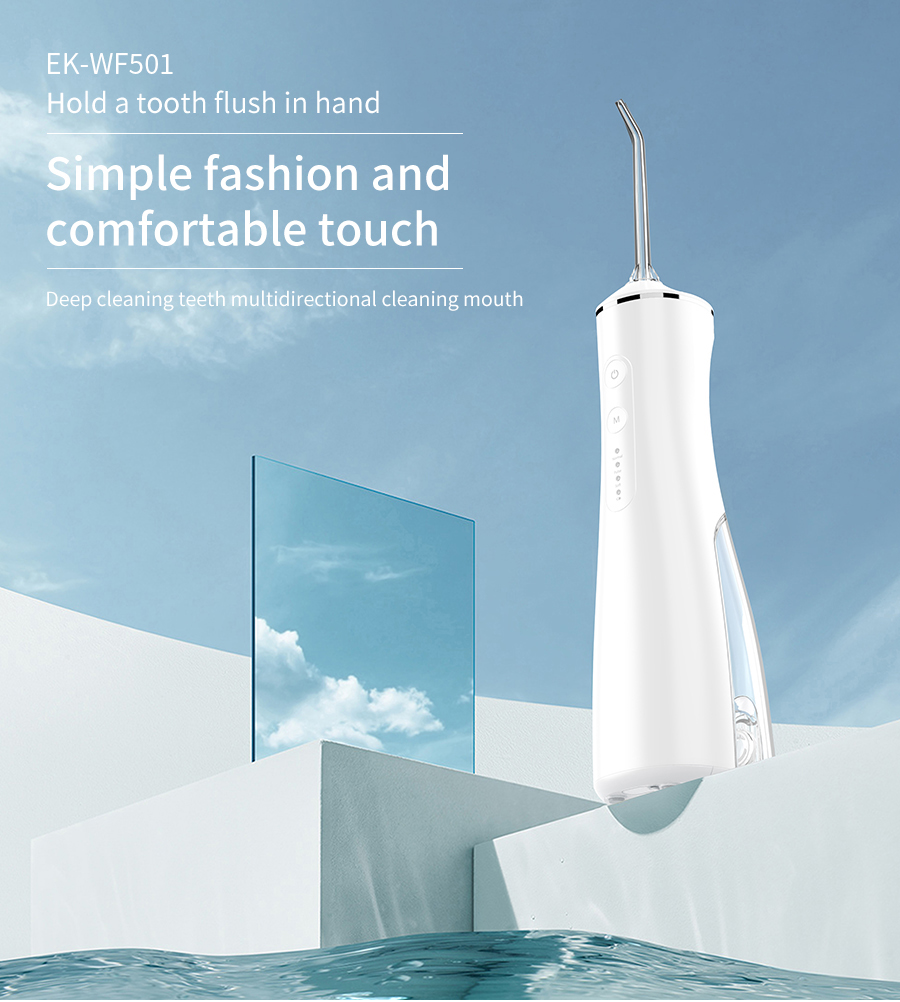Your dentist may have told you how important it is to floss, right? But let’s be real – it’s not always the most exciting part of our oral care routine. However, flossing is an important Oral hygiene habit, fighting off cavities and gum diseases. This flossing cleans and dislodges food particles stuck between your teeth and under the gumline. These are areas where a toothbrush can’t easily enter. If these food particles and plaque build-up are left in those areas, they can lead to tooth decay and gum disease.
Many people brush their teeth as recommended by the dentist but not everyone remembers to floss their teeth. Even some who floss don’t know how to floss properly and not flossing properly may damage your gums and cause other dental problems too.
You might be wondering how to floss properly. Here’s a step-by-step guide on the best way to floss properly.
Flossing: What are the best steps to follow?
To floss your teeth properly, Follow this step-by-step guide.
Step 1: Get the Right tool
First things first, let’s make sure you have the right kit. You’ll need a piece of dental floss about 18 inches long. Don’t worry, it’s not as much as it sounds – just about the length of your forearm. You can use waxed or unwaxed floss, depending on your preference.
Step 2: Find Your Technique
Now, let’s talk about technique. Hold the floss tightly between your thumbs and foreigners. Then, slide it gently between your teeth using a back-and-forth motion. Be kind to your gums; no need to force or snap the floss in aggressively.
Step 3: Curve and Hug
Once the floss is between your teeth, curve it into a C-shape against one tooth and gently glide it into the space between your gum and the tooth. Think of it as giving your tooth a little hug. Then, move the floss up and down, removing the plaque and food particles. Repeat this on the adjacent tooth.
Step 4: Don’t Forget the Back Teeth
Now, it’s easy to remember the front teeth, but the back teeth need love too! Cut a new section of floss for each tooth. If you’re having trouble reaching your back teeth, try using a floss holder or a flossing pick. They work like magic, making the whole process much easier.
Step 5: Rinse
After you’ve flossed all your teeth. The next thing is to give your mouth a good rinse with water or mouthwash.
Choosing the Right Dental Floss
Although flossing is important when it comes to oral hygiene, it is often overlooked. It helps to remove plaque and food debris from between your teeth and along the gumline, thereby preventing tooth decay and gum disease. But with so many options available in the market, how do you choose the right dental floss for you?
Choosing the right dental floss depends on your choices, the amount of space in between your teeth, and whether you’re putting on braces, bridges or other dental works.
1. Traditional Nylon Floss:
Traditional nylon floss is a common choice. It comes waxed or unwaxed, in various flavours, making it easy to slide between your teeth. It’s great for people with closely spaced teeth.
2. PTFE (Polytetrafluoroethylene) Floss:
PTFE floss, often known as “glide” floss, is made from a type of synthetic material that easily slides between teeth. It’s shred-resistant and works well for people with tightly packed teeth.
3. Dental Tape:
Dental tape is broader and flatter than traditional floss, making it an excellent option for people with wider tooth gaps. It’s gentle on gums and slides smoothly between teeth.
4. Woven Floss:
Woven floss is made of multiple nylon strands woven together. It’s thicker than regular floss and can be more effective in cleaning between teeth with wider gaps.
5. Super Floss:
Super floss is a multifaceted floss that consists of a stiff end, spongy floss, and regular floss. It’s designed for people with dental appliances like braces, bridges, or implants, making it easier to clean hard-to-reach areas.
Dental Floss Alternative
If you are finding it hard to use regular floss, you can try floss picks, water flossing or any other flossing tools alternative. Water flossers are great alternatives. They use a stream of water to clean your teeth properly. They are gentle on gums and are a suitable alternative for those who find traditional flossing uncomfortable.
Brushing your teeth is not just enough if you want to have good Oral hygiene. Good Oral hygiene involves brushing and flossing. Flossing properly is a small effort with a huge payoff. It helps remove bacteria, plaque, and food debris stuck between your teeth and the gumline. So, make it a habit, a daily ritual to floss your teeth correctly.

